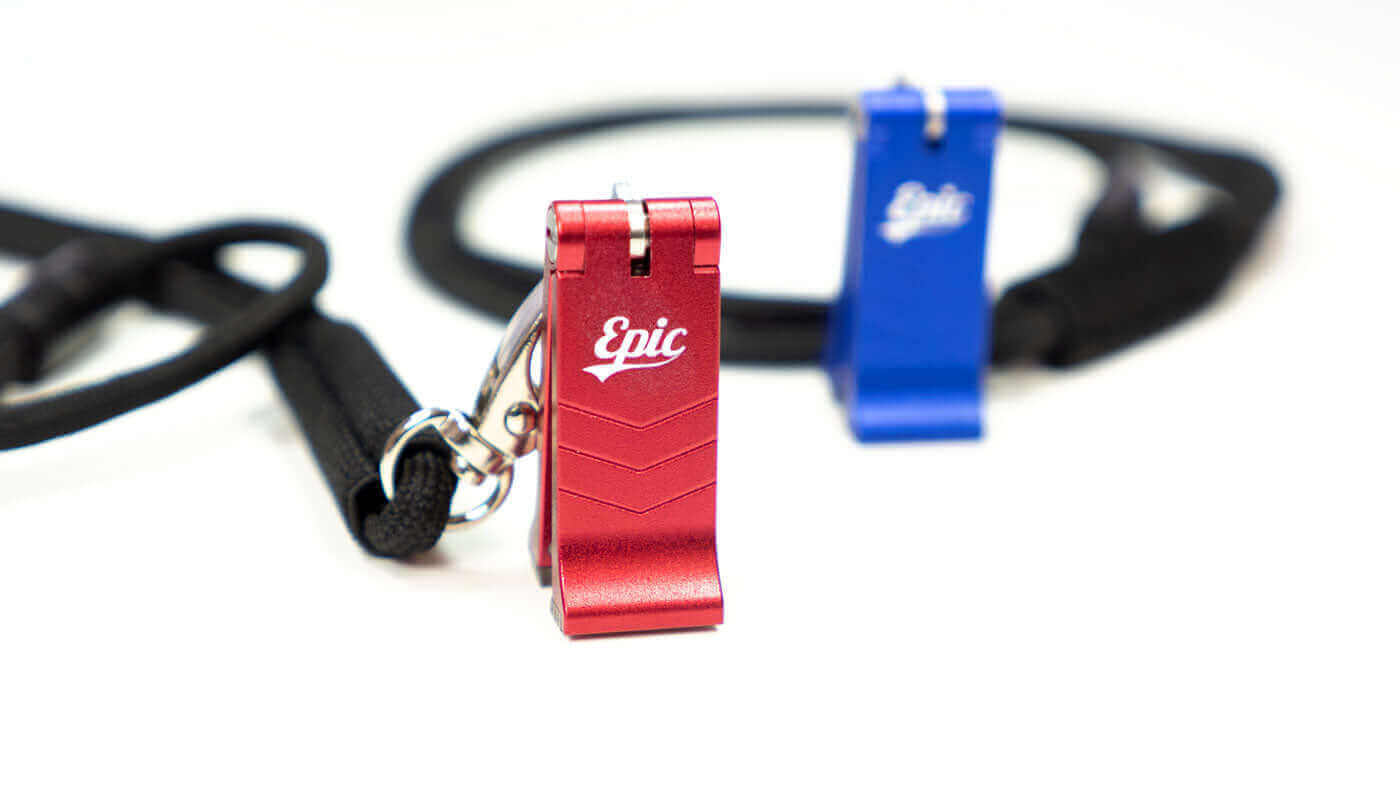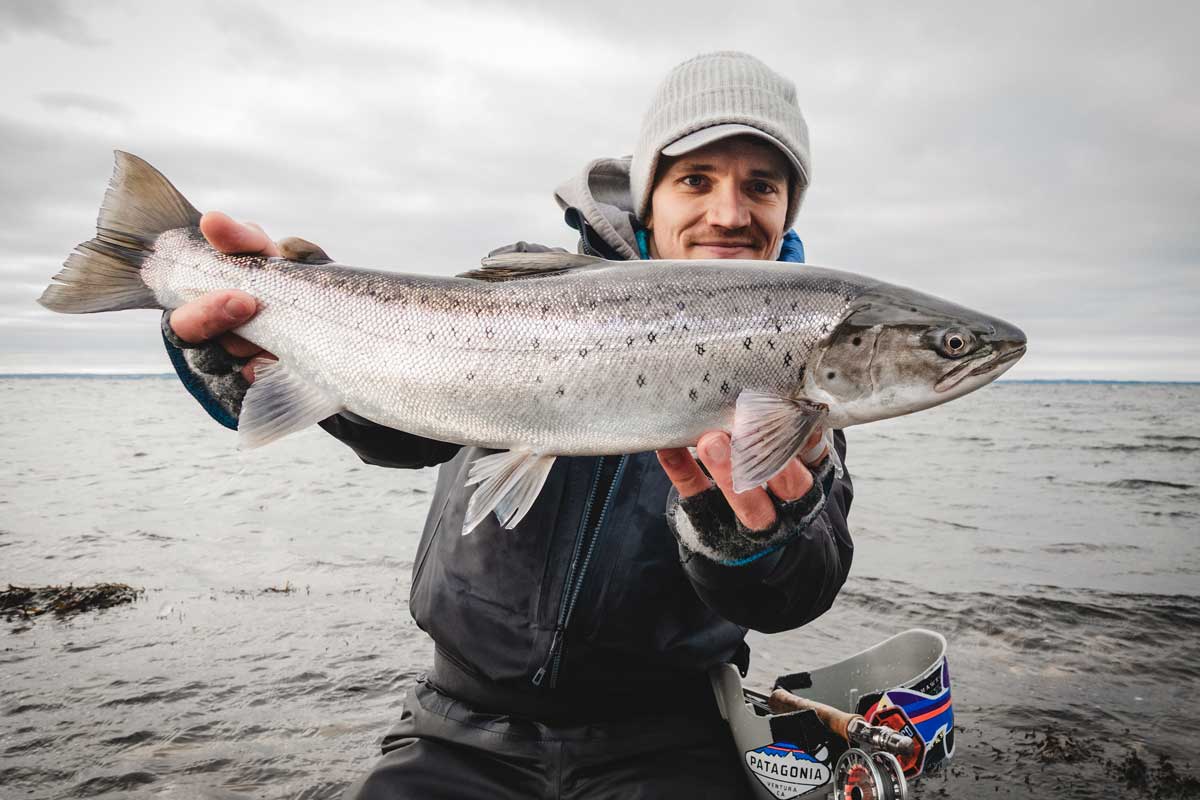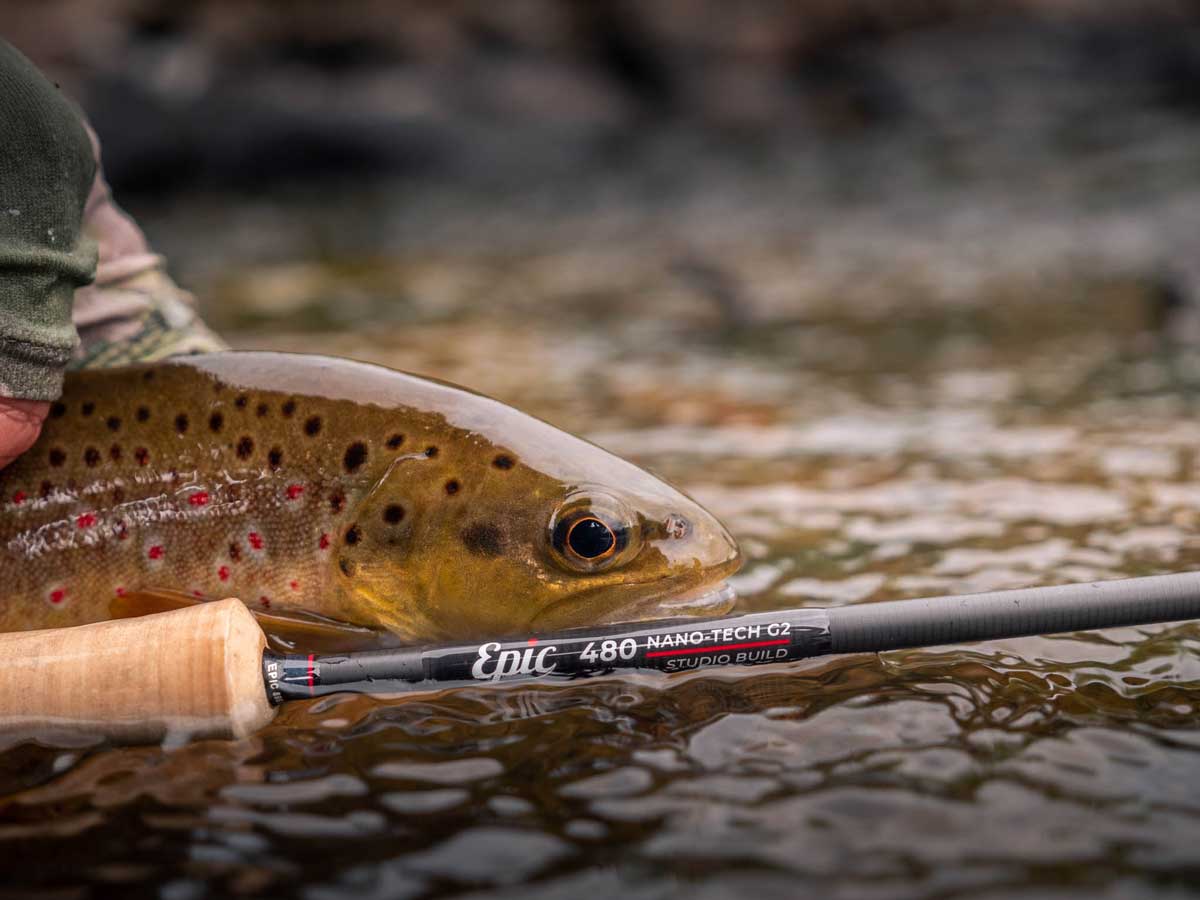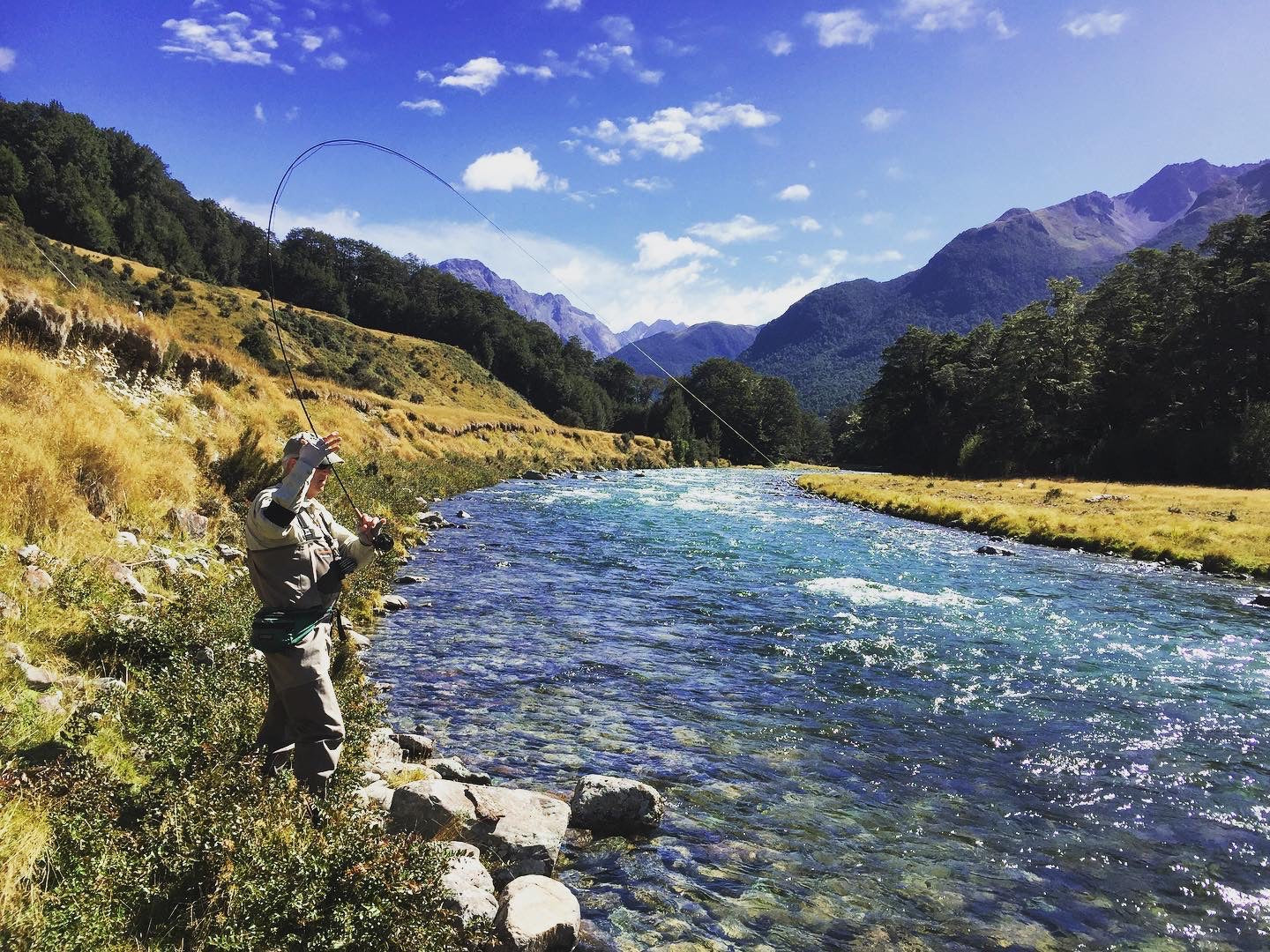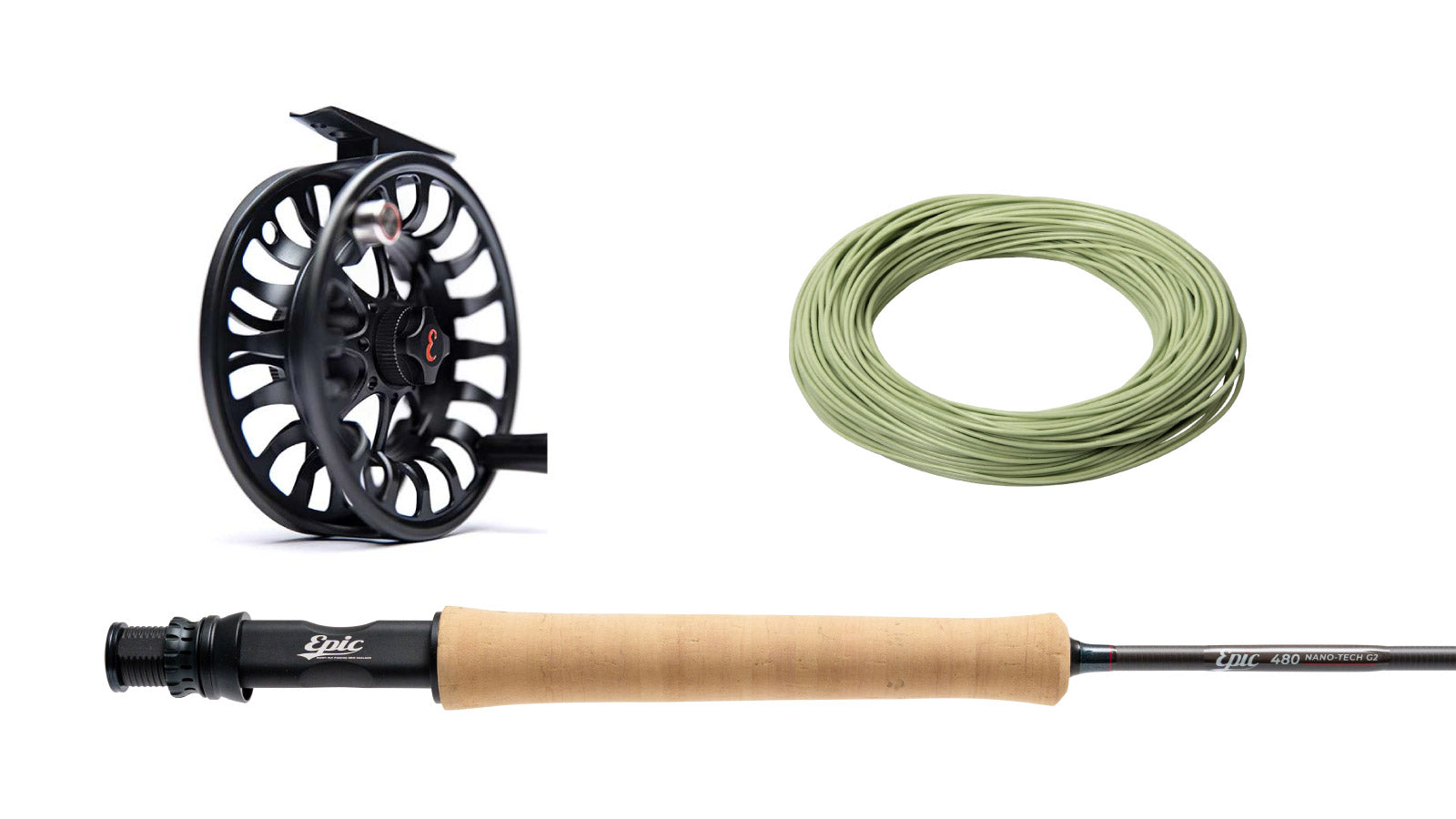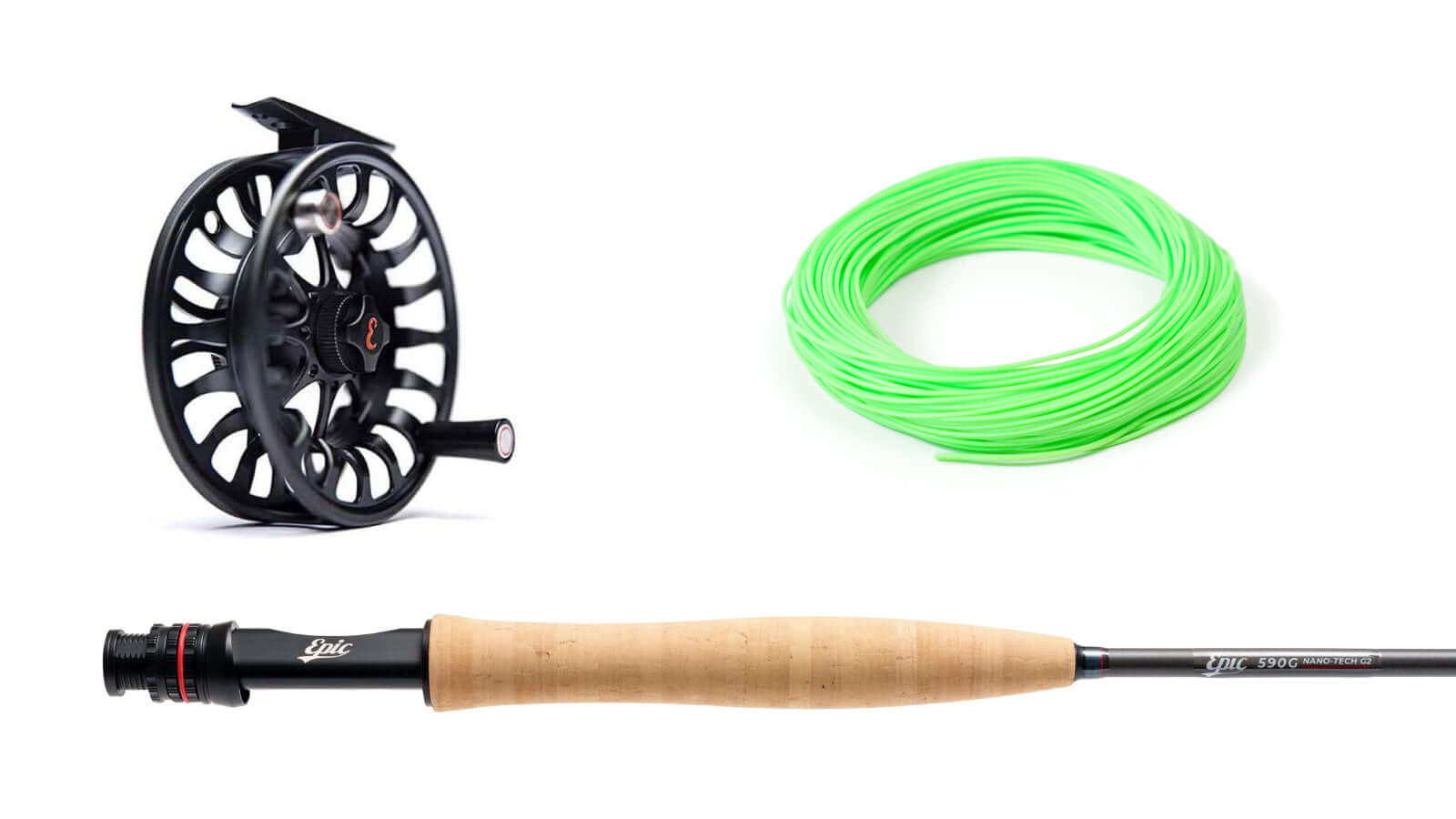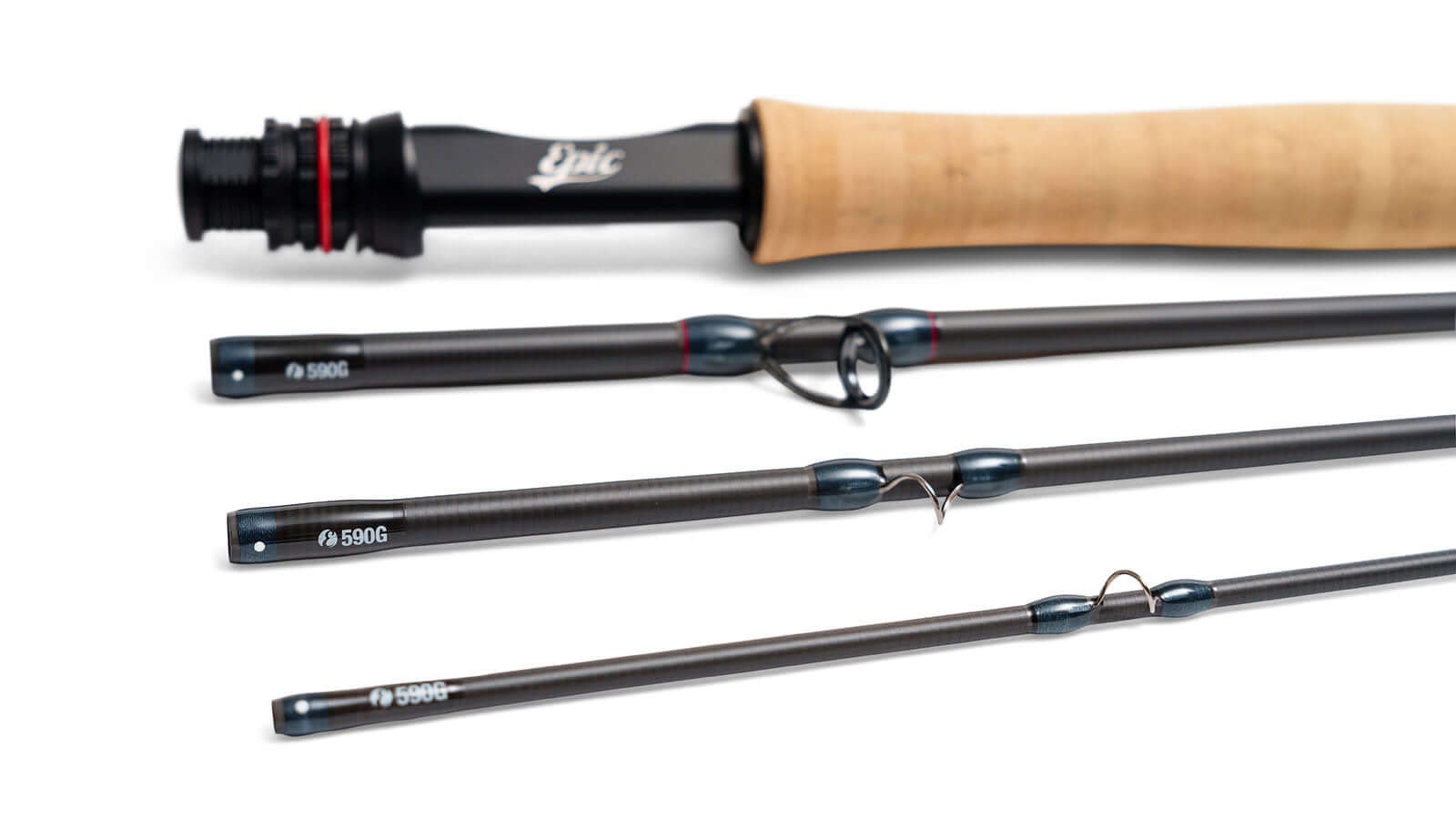The beauty of the struggle - fly fishing for Sea Run Brown Trout
Epic Ambassador Peter Corzilius reflects on a recent Sea Run Brown Trout session in Sweden
Catching a large trout on a fly rod is the greatest achievement for many fly anglers. For most anglers trout are targeted in rivers and lakes around the world, but due to the migratory life cycle around Europe it is possible to catch these fish in the open ocean. A challenge that many – just as me – love and hate at the same time.

Brown trout migrate into the sea in many systems because they are opportunists. After they have reached a certain size in their home river, they leave these systems - if possible - to the open sea. There they find more food and grow faster, bigger and fatter. When it is time to spawn, between December and February the northern hemisphere, they return to the river. But some trout stay in the open ocean. Here you will find crazy fly anglers who are looking for so-called "silver" - because the trout in the open sea turn completely silver.

In many countries in Europe around the North Atlantic and the Baltic Sea it is possible to catch these large sear un brown trout in the open sea. But why fish in winter when temperatures are often around freezing and the water are only a few degrees above zero?

While most sea run brown trout return to their home rivers to spawn, a small portion of the population stays in the open sea during spawning and feeds throughout the winter. These grow larger and fatter than their brothers and sisters who are struggling with the spawning process. The fish that stay in the open ocean are often referred to as "skippers" - because they skip the spawning process for a year or two and therefore grow very, very big.

Fish around 2 or 3 kilos are pretty normal, 5 kilo fish (11 pounds) are caught regularly, but there are much larger fish out there. Fish that are 85 cm+ and 9 kg+ (nearly 20 pounds) get caught sometimes. Those big ones are the dream of all the crazy people who defy the cold. It is the cold conditions that actually bring the really big trout within fly fishing reach.

During winter prey is scarce and the metabolism of the trout is slow, so the big ones who would rather hunt baitfish far out in the ocean come close to feed on small shrimps and other prey that are easy to catch and easy to digest.

What's the downside? Well, this kind of fishing has little to do with regular fly fishing for trout. Often times you don't see the fish you are casting, so it is blind fishing with a streamer in a body of water that is overwhelmingly large. In addition, the conditions are harsh. Strong winds, big waves and many hours without a single bite cause many people to quit.

Fly fishermen in Europe refer to sea run brown trout as the fish of a thousand casts. Sometimes that's true. But that's the beauty of the struggle. Because when you find the fish and get the bite, the feeling and the adrenaline rush are truly incomparable.




